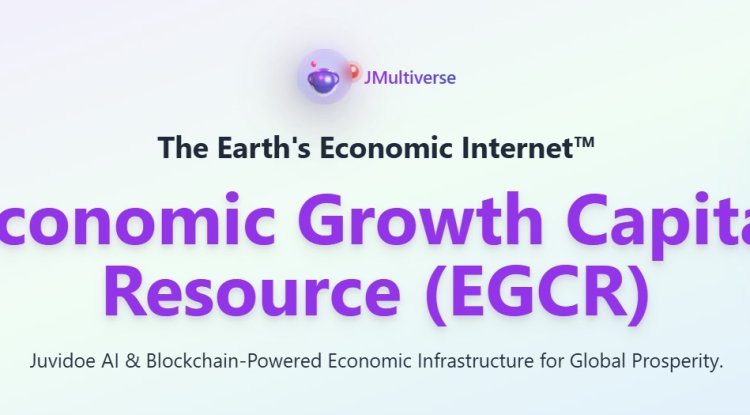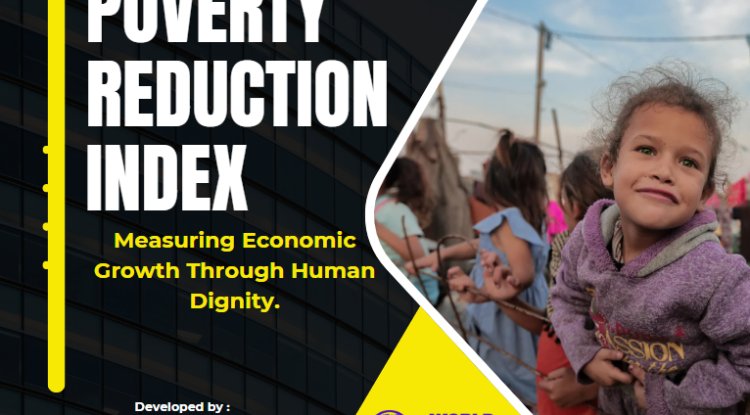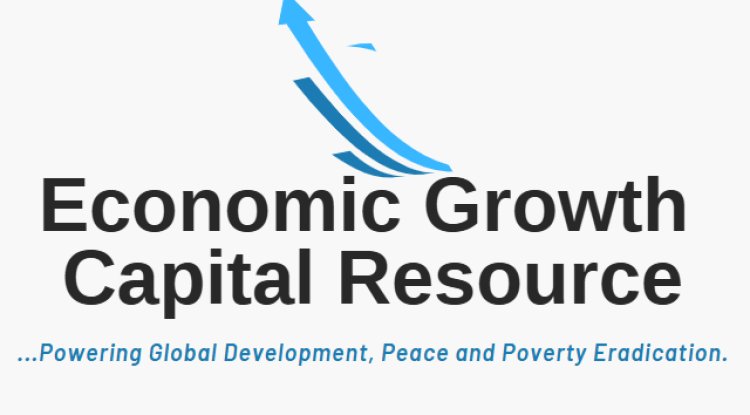Learning from Failures and Building Resilience
In sub-national governance, the quest for effectiveness and progress is challenging. However, it is through the crucible of failure that true success is forged. Learning from setbacks and building resilience become the pillars of effective governance. By embracing a growth mindset, sub-national governments have the power to turn failures into transformative opportunities that shape the future.

Every stumble and misstep encountered by sub-national governments serves as a profound teacher. In the face of failure, they find the impetus to reevaluate their approaches, policies, and strategies. Rather than shying away from setbacks, governments acknowledge them as invaluable sources of insight. By delving into the depths of failure, they uncover hidden gems of wisdom that refine their decision-making processes and pave the way for greater effectiveness.
The Transformative Power of Resilience
Resilience is a multifaceted and powerful attribute often overlooked or underestimated in its true complexity and impact. It is described as an indomitable quality that allows individuals and organizations to endure and thrive in the face of failure and adversity. When sub-national governments embrace resilience, they can assess their situations objectively, learn from their mistakes, and forge a path toward progress.
The transformative nature of resilience extends beyond governance and governance outcomes. It permeates social structures, affecting people's general health and well-being. When sub-national governments exhibit resilience, they serve as role models, inspiring and empowering their constituents to face challenges and overcome obstacles. This, in turn, creates a ripple effect of resilience throughout society, fostering a culture of perseverance and strength.
Understanding Failure: A Clear-eyed Perspective
When sub-national governments encounter failure, it is paramount for them to distinguish between the specific outcome of a situation and their overall identity as governing bodies. Failure should not define the essence or worth of a government; instead, it should be seen as a temporary setback or a specific challenge within a broader governance landscape.
Acknowledging the feelings of disappointment and frustration that often accompany failure is a crucial first step. It is natural for governments to invest significant time, effort, and resources into their initiatives, and when those efforts fall short, it can be disheartening. However, it is essential to realize that failure does not reflect the government's inherent value or capability. It indicates that a particular approach or strategy did not yield the desired results.
Learning from Failures: The Catalyst for Growth
Every failure and mistake holds invaluable lessons waiting to be discovered. Treating each setback as an experiment allows sub-national governments to learn from the process. Governments gain profound insights that enhance their decision-making abilities by analyzing what worked and what didn't. The experience of failure acts as a catalyst for personal and organizational growth, equipping them with a richer toolkit for future endeavors.
Avoiding Obsession: A Path to Progress
While failures should not be ignored or brushed aside, sub-national governments must avoid getting caught in a cycle of obsessive thinking. Constantly dwelling on the past prevents forward momentum and stifles progress. Acknowledging the failure and the associated emotions is important, but channeling energy into the following steps is equally vital. Governments regain control and pave the way for future success by consciously choosing how to move forward.
Reshaping Perspectives: Failure as an Opportunity
It is inevitable for sub-national governments to encounter failures along the way. However, rather than viewing failures as setbacks or reasons for discouragement, governments should celebrate their endeavors to challenge themselves. Failures are valuable opportunities for growth and improvement, serving as stepping stones toward success.
Sub-national governments can transform their perspective on failure by reframing the messages they send to themselves and cultivating a positive mindset. Instead of viewing failure as a definitive endpoint or a reflection of their inadequacy, they should recognize it as an integral part of the process. Each failure brings them closer to their goals by providing invaluable lessons and insights that inform future decisions and actions.
Celebrating their efforts to challenge themselves means acknowledging the courage and determination it takes to set ambitious goals. Sub-national governments demonstrate their commitment to excellence and progress by setting the bar high. Failure becomes an inherent aspect of this journey, signaling that they are pushing the boundaries and exploring new possibilities.
Planning for Success: Determining the Next Step
Failure does not signify the end but guides the next step toward success. Taking a moment to pause and reflect allows sub-national governments to develop strategies for future endeavors. Whether it involves adjusting the approach to the same goal or reevaluating the goal itself, governments have the power to shape their path forward. Armed with newfound knowledge and experience, they can navigate challenges and leverage failure to their advantage.
Learning from failures and cultivating resilience are vital strategies for sub-national governments aiming to achieve effective governance. By adopting a clear-eyed perspective, governments can evaluate failures objectively and avoid equating them with personal identity. Embracing failures as opportunities for growth allows governments to glean invaluable insights and refine their approaches. Governments can rise stronger from setbacks by avoiding fixation on failures, shifting perspectives, and making strategic plans. Learning from failures and building resilience enables sub-national governments to build strong foundations for success, ultimately shaping a brighter future for their constituents.
Shaping a Promising Future
Subnational governments play a crucial role in determining the future of their regions in pursuit of a bright future. As the governing bodies closest to the local communities, they possess a unique understanding of their constituents' challenges, opportunities, and aspirations. By embracing innovative strategies such as goal setting and team building, these governments have the power to lay a solid foundation for progress and success.
Sub-national governments, comprising state, provincial, or regional authorities, possess the authority and autonomy to make decisions that directly impact the lives of their residents. They can create an environment that fosters economic growth, social development, and sustainable practices. In this regard, the role of these governments is more than mere administration; they serve as architects of the region's future.
The Power of Goal Setting
Goal setting emerges as a potent force, steering sub-national governments towards a clear vision and purpose. When leaders define and articulate their goals effectively, it ignites a sense of direction and unity among all stakeholders. This process enables the region to focus its resources, initiatives, and policies on attaining specific outcomes that align with its unique aspirations.
Creating a Shared Vision
At the core of goal setting lies the creation of a shared vision for the sub-national region. To ensure inclusivity and representation, leaders must involve diverse stakeholders, including local businesses, community organizations, and residents. This collaborative approach strengthens community engagement and fosters a sense of collective responsibility for the future. By incorporating the perspectives and aspirations of the region's inhabitants, the government can shape a vision that resonates deeply with its people.
SMART Goals for Success
To maximize the impact of goal setting, sub-national governments should adopt the SMART (Specific, Measurable, Achievable, Relevant, Time-bound) framework. SMART goals provide tangible benchmarks and metrics for success, ensuring clarity and accountability. Rather than setting vague objectives like "improve education," a SMART goal could be "increase the high school graduation rate by 10% within the next three years." Such specificity facilitates better planning, monitoring, and evaluation of progress, leading to tangible results.
Alignment with National Goals
While sub-national regions possess unique challenges and aspirations, aligning local goals with national objectives is crucial. Sub-national governments can leverage national resources, policies, and initiatives to drive effective development by forging a harmonious relationship with the national government. Collaboration between different levels of government not only amplifies the overall impact but also ensures coherence in the pursuit of a prosperous future.
The Role of Team Building
At the heart of effective governance lies the power of team building, which acts as a catalyst for long-term success. A cohesive and empowered team equips sub-national governments with the ability to overcome challenges, inspire innovation, and drive sustainable growth.
Building a Strong Leadership Team
To foster effective team building, sub-national governments must focus on assembling a robust leadership team. Recruiting individuals with diverse expertise, visionary thinking, and effective communication skills is crucial. A cohesive leadership team inspires trust, fosters collaboration, and provides strategic direction to the region. The government can harness its collective abilities to navigate complex issues and drive transformative change by uniting leaders with complementary strengths and shared values.
Enhancing Interdepartmental Collaboration
Effective team building involves breaking down silos and nurturing collaboration among various departments and agencies. By fostering a culture of information sharing and cross-functional cooperation, sub-national governments can leverage each unit's strengths to address multifaceted challenges comprehensively. This integrated approach promotes efficiency, avoids duplication of efforts, and enhances service delivery to the region's inhabitants. Sub-national governments may maximize the potential of their teams and uncover innovative solutions to challenging problems by cultivating an environment of mutual respect and shared aims.
The future of sub-national regions lies in the hands of their governments, and by adopting powerful strategies such as goal setting and team building, they can set a strong trajectory for growth and prosperity. Through the creation of a shared vision, SMART goal setting, alignment with national objectives, building strong leadership teams, and enhancing interdepartmental collaboration, sub-national governments can forge a path towards a promising future. By embracing these beautiful strategies, sub-national governments can navigate the challenges ahead, empower their communities, and shape a future that fulfills the aspirations of their regions.
Overcoming Political and Social Challenges in Local Areas
Political and social challenges in local areas encompass a range of issues that arise at the regional or sub-national level and directly impact the governance and well-being of communities within those areas. These challenges are often specific to the local context and can vary greatly depending on the socio-political landscape, cultural dynamics, economic conditions, and historical factors.
From a political perspective, local areas may face governance, policy-making, and decision-making processes challenges. This can include corruption, lack of transparency, ineffective leadership, political polarization, and power struggles among stakeholders. Local governments may need help to effectively address the needs and demands of their constituents, resulting in a disconnection between the governing bodies and the local population. Political challenges can also arise from external factors, such as changes in national policies or the influence of larger political entities on local decision-making.
On the social front, challenges in local areas often revolve around social inequalities, access to basic services, community development, and social cohesion. These challenges can manifest as poverty, unemployment, inadequate healthcare and education infrastructure, housing issues, discrimination, social exclusion, and marginalization of certain groups within the community. Social challenges in local areas are closely intertwined with economic factors and can exacerbate existing disparities, leading to social unrest, tensions, and a sense of injustice among the population.
Moreover, local areas may face specific challenges related to environmental sustainability, urbanization, infrastructure development, cultural preservation, and demographic changes. These challenges require careful consideration and planning to ensure the sustainable growth and well-being of the local community while preserving the local identity and heritage.
In local areas, political and social challenges often hinder progress and development. However, by recognizing and addressing these challenges head-on, communities can overcome barriers and create a brighter future.
Understanding Political Challenges
One significant political challenge local areas face is the need for more resources and funding. More financial allocations from higher levels of government can be necessary for infrastructure development, social programs, and essential services. To address this challenge, local areas must advocate for fair distribution of resources and seek alternative funding options. Effective fiscal management strategies can also maximize available resources and ensure optimal utilization.
Another political challenge is the fragmentation within local governance. Competing interests and conflicting agendas can hinder collaboration and consensus-building among stakeholders. Overcoming this challenge requires fostering a culture of cooperation, where political leaders, community representatives, and other stakeholders engage in open dialogue, find common ground and work towards shared visions. Local areas can overcome political fragmentation and drive positive change by uniting efforts and focusing on collective goals.
Addressing Social Challenges
Social challenges within local areas can profoundly impact the community's well-being and progress. One such challenge is power imbalances and social inequalities. Marginalized groups often face barriers in accessing decision-making processes and participating in local governance. Overcoming this challenge necessitates promoting inclusivity, diversity, and equal representation. Local areas should actively seek to empower marginalized voices, ensuring they have a seat at the table and their perspectives are heard and respected.
Social cohesion is another critical aspect for local areas to address. Divisions within the community, such as ethnic, religious, or socioeconomic disparities, can hamper progress and create social tensions. Building social cohesion requires fostering a sense of belonging, trust, and understanding among community members. Encouraging community engagement, promoting dialogue, and supporting initiatives bridging divides can strengthen social cohesion and create an environment where all residents feel valued and included.
Effective Strategies for Overcoming Challenges
Local areas can adopt several effective strategies to overcome political and social challenges. One key approach is fostering inclusive governance, where diverse perspectives are embraced and decision-making processes are transparent and participatory. Engaging community members in policy discussions, seeking their input, and involving them in local decision-making fosters a sense of ownership and empowerment.
Promoting civic engagement is also crucial. Encouraging community participation in local initiatives, volunteering, and promoting active citizenship strengthens social capital and creates a sense of shared responsibility. Local areas can establish platforms for community dialogue, such as town hall meetings or citizen advisory boards, to provide opportunities for residents to voice their concerns, ideas, and aspirations.
Collaboration and partnerships play a vital role in overcoming challenges. Local areas can forge alliances with community organizations, businesses, educational institutions, and other stakeholders to pool resources, expertise, and knowledge. Collaborative efforts enable the community to leverage collective strengths, share best practices, and find innovative solutions to complex problems.
Furthermore, investing in education and skills development fosters empowerment and resilience within local areas. By providing access to quality education, vocational training, and lifelong learning opportunities, local areas equip their residents with the tools to overcome socioeconomic challenges and seize opportunities for personal and collective growth.
Overcoming political and social challenges in local areas is essential to pave the way for progress and ensure the well-being of communities. By fostering inclusive governance, promoting civic engagement, nurturing social cohesion, and forging partnerships, local areas can create an environment where residents are empowered, their voices are heard, and their needs are met. Embracing these strategies enables local areas to address immediate challenges and sets the stage for sustainable and inclusive development. Together, communities can overcome obstacles, realize their full potential, and shape a brighter future.




















